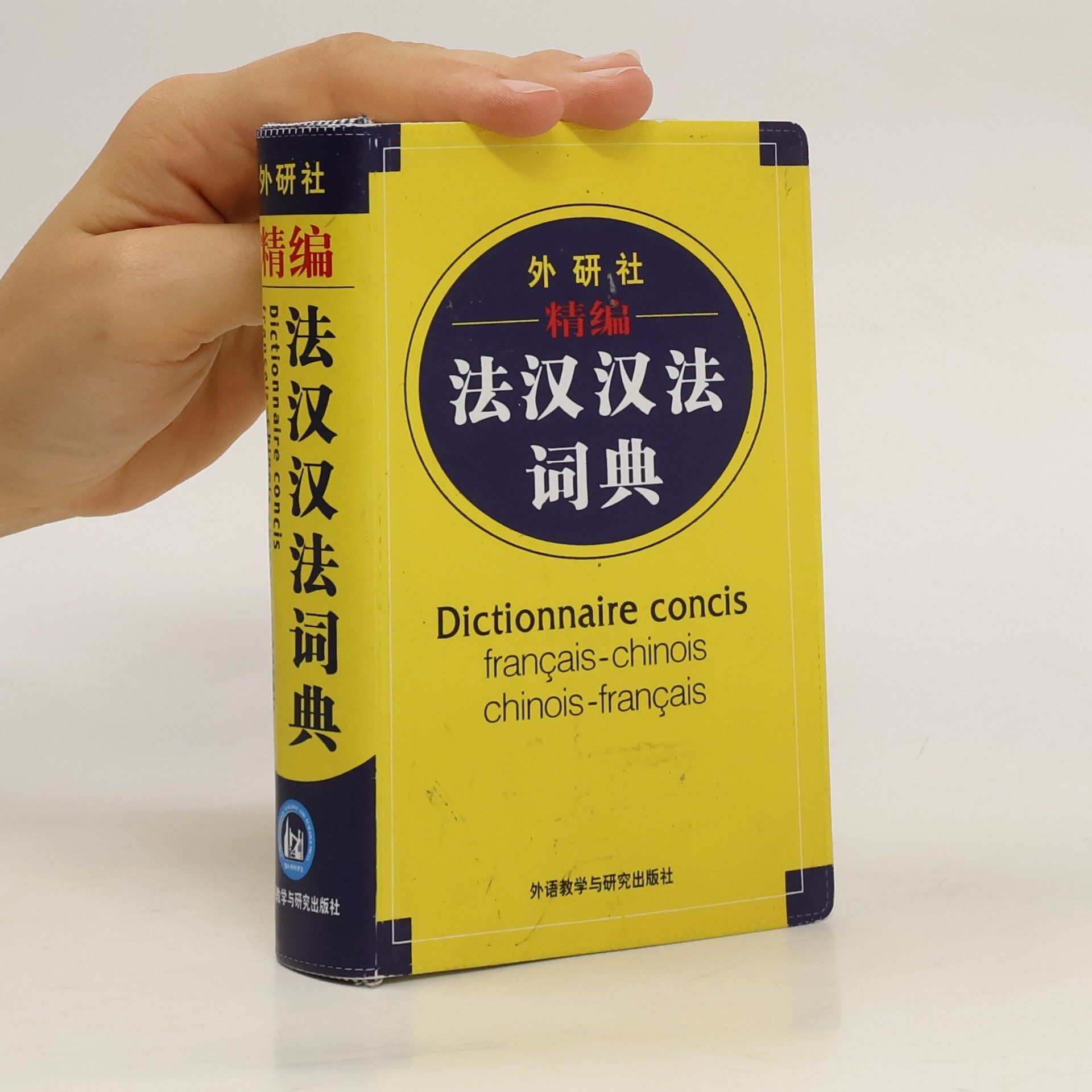China Business
- 454 Seiten
- 16 Lesestunden
China Business focuses on the realities of business operations in China, and provides information about the business environment and relative rules and regulations. It also constitutes a valuable source of reference material on China¡¯s economic development trends. For the businesspeople¡¯s convenience, the book comes with a CD-ROM detailing all major laws and regulations on trade and investment in China, and provides links to the websites of government departments, various trades, organs of commerce and the mass media.


